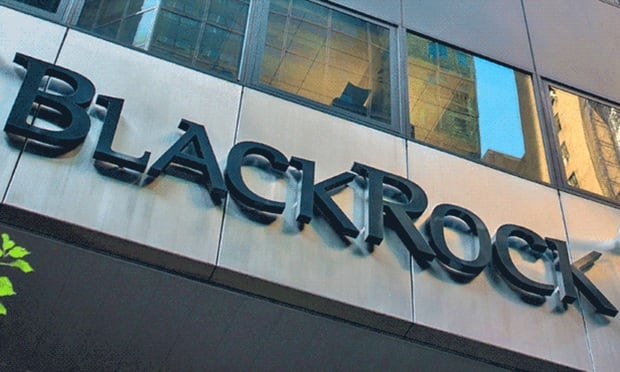The National Institute on Retirement Security released a study last week that analyzed six state pension plans that remained well-funded through the recession. The purpose of the study was to learn what best practices exist to keep plans financially strong.
“Lessons from Well-Funded Public Pensions” analyzed six state-level pension plans that vary in size and type of employee they represent in order to achieve a wide sample. The market value of assets in the plans in 2010 was approximately $300 billion, or 10% of total public pension assets.
Plans covered in the study include:
- Delaware State Employees Pension Plan
- Idaho Public Employee Retirement Fund
- Illinois Municipal Retirement Fund
- New York State Teachers' Retirement System
- North Carolina Teachers & State Employees Retirement System
- Teacher Retirement System of Texas
Despite two downturns in the 10-year period between 2000 and 2009 when the plans were studied, and even though they experienced less-than-expected investment gains, the plans remained well-funded through the recession.
The plans shared the following features:
- Employer contributions paid the full amount of the annual required contribution and were at least equal to the normal cost.
- Employee contributions helped share the cost of the plan.
- Improvements in benefits were valued before implemented, and were properly funded upon adoption.
- Cost of living adjustments were granted responsibly.
- Anti-spiking measures ensured actuarial integrity.
- Reasonable economic actuarial assumptions that could be achieved long-term.
Diane Oakley, NIRS executive director, noted in a webinar reviewing the findings of the study that most employee’s contribution rates are fixed. Furthermore, they account for less than half of total annual contributions, forcing employers
to bear the cost of increased contributions in the event of underperformance or longevity increases. One way to restructure contribution rates to ease the burden to employers, the study found, is to implement adjustable contribution rates. If an unfunded liability increases the overall contribution rate, the increase will be split between the employee and the employer.
One consequence of an adjustable employee contribution rate is that it will affect employees’ take-home pay every year. An alternative strategy is to have a fixed employee rate that covers a portion of the long-term expected cost of the plan.
From the report: “This fixed rate includes two components: a set portion of the normal cost, plus an additional rate for potential cost volatility that can lead to an increase in the unfunded accrued liability. … Even if this fixed rate will not change from year to year, it can still be subject to change if the underlying normal cost rate changes in the case of a benefit enhancement.”
Oakley also called attention to pension “spiking,” which is an abnormal, unanticipated increase in pension benefits.
“To the extent it occurs, pension spiking can be harmful to the financial health of the pension plan,” she said, because it creates an unfunded liability. Furthermore, she said, it’s unfair to other plan participants and taxpayers.
One way to counter spiking is the increase the number of years over which salaries are averaged to determine benefits, the study found, and to exclude pay from overtime or unused paid time off.
Another measure enacted by the six plans in the study was to cap the final average salary used to determine benefits.
© Touchpoint Markets, All Rights Reserved. Request academic re-use from www.copyright.com. All other uses, submit a request to [email protected]. For more inforrmation visit Asset & Logo Licensing.






